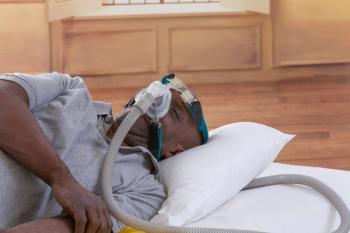
PCPs Diligent With Following USPSTF Recommendations on PSA Testing
Using data gathered from the National Ambulatory Medical Care Survey, the authors of a JAMA Internal Medicine study identified a significant decrease in PSA testing referrals by primary care physicians compared with urologists.
Declines in prostate-specific antigen (PSA) testing differed among urologist and primary care physician visits in a study that compared testing before and after a 2011
The authors gathered data from the National Ambulatory Medical Care Survey to examine continued adoption of PSA testing before (2010) and after (2012) the USPSTF recommendation. The survey,
Use of PSA testing decreased from 36.5% in 2010 to 16.4% in 2012 among PCP visits (odds ratio [OR], 0.43; 95% CI, 0.23-0.81; P = .009) and from 38.7% in 2010 to 34.5% in 2012 among urologist visits (OR, 0.34; 95% CI, 0.10-1.20; P = .09), the authors discovered.
The authors explain that the difference in decline may either reflect differing perceptions among physicians on the benefit of PSA screening, conflicting guidelines (the American Urological Association recommends joint decision making for men 55 to 69 years), or possibly patient demographics or expectations.
Important study limitations to note include relying on records of outpatient clinic visits and not accounting for PSA testing outside of physician outpatient visits. Also, the authors used the order of a PSA test as a surrogate for an actual test being performed, which may not necessarily be accurate.
“Moving forward, this finding emphasizes the need to continue interdisciplinary dialogue to achieve a broader consensus on prostate cancer screening,” the authors conclude.
Newsletter
Stay ahead of policy, cost, and value—subscribe to AJMC for expert insights at the intersection of clinical care and health economics.













































